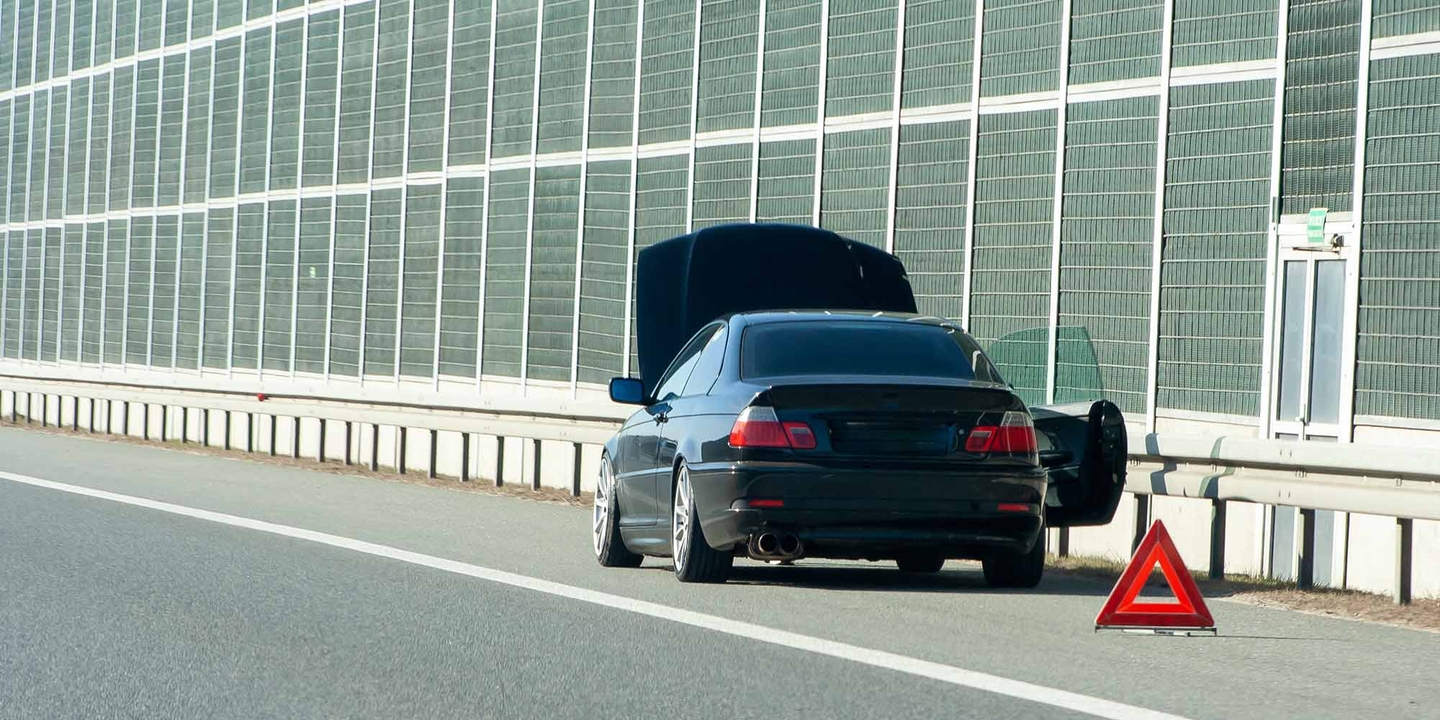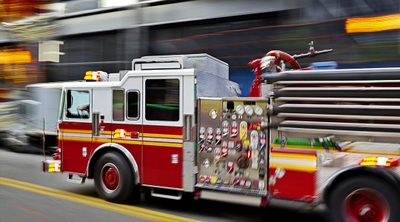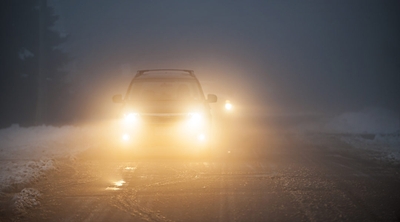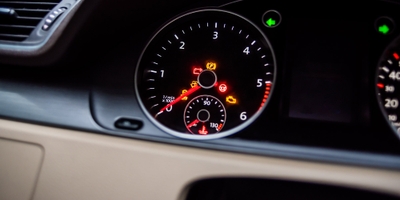What to do if your car breaks down on the highway
3 min read
It is essential to be prepared when your car breaks down on the highway. Keep an emergency kit in your vehicle and be aware of your surroundings while driving. If something happens, stay calm and get off the road as carefully as possible. According to the Insurance Information Institute, under most circumstances, it’s safer to remain in your car if you can’t get off the road.
What to do when your car breaks down on the highway
Move your car to the right or left shoulder
If your car breaks down on the highway, take your foot off the accelerator at the first sign of trouble. Try not to brake hard or make any sudden movements. Your goal is to get off the road as smoothly and quickly as possible, coasting and braking gently. Most of the time, you’ll attempt to pull off to the right-hand side of the road, on a flat surface away from traffic. However, if the highway has a left-hand shoulder and it’s safer for you to get there, you can use that instead. Then, set your emergency brake or parking brake to help ensure your car stays in place.
Stay in your car and call for help
The Insurance Information Institute advises that you should “never get out of the vehicle to make a repair or examine the damage on a busy highway.” Instead, in most circumstances, it’s advised to remain in your vehicle, put your hazard lights on, keep your seat belt buckled, and use your cell phone to call for help. If your car broke down on the highway, you should remain with the vehicle. If you need to exit the car, do so on the side facing away from the road.
You may want to stay a few paces away from the vehicle for added safety. You’ll want to keep on the opposite side from traffic if there’s a guardrail. You’ll want to note where you stop — identify the nearest exit, rest area, mile marker, or call box. You’ll need to share that information and the fact that your car broke down on the highway.
If your car breaks down on the highway, call:
- Roadside assistance membership helpline
- Insurance company’s roadside assistance service
- Mechanic, auto shop or tow truck service
- Local police, highway patrol, or 911
If you think there’s help within walking distance and you can safely get there, or you decide to leave your car unattended for any other reason, lock the car and leave a visible note on the dashboard. It should include your first name, cell phone number, destination, and the time you left. If someone stops to ask whether you need assistance, you can ask that person to contact the police or highway patrol for you, even if you’ve already done so.
Warn other drivers
Put your hazard lights on, and if you have them, place flares or triangle reflectors out behind your car if it’s safe to do so. Place the first one 10 feet behind your car, the next 100 feet behind your car, and the last 200-300 feet behind your car. If you smell gas or suspect there could be a fuel leak, don’t use flares or ignite any flames around the car.
What do you do if you need to change a flat fire?
A flat tire is one of the most common issues a driver may fix for themselves. One thing’s for sure – do not attempt to change a car tire unless you’re off the road and safely away from traffic. Once your car is off the road, changing a tire only on the side facing away from traffic may be safe. Learn how to fix a flat tire.
If the flat is on the side facing traffic, it is safer to call for help rather than fix it yourself. Roadside assistance programs often send professionals who can safely handle that for you. Learn more about the benefits of roadside assistance.
How do you prepare for a car breakdown on the highway?
Every car owner should keep an emergency toolkit in their car, with at least one adjustable wrench, regular and needle-nose pliers, and Phillips and flat-head screwdrivers. Ratcheting screwdrivers and socket wrenches can help make your repair work easier. Most automotive retailers and online stores sell pre-made emergency kits to keep in your car, which may include tools and other supplies.
Does car insurance cover a breakdown on the highway?
Car insurance generally doesn’t cover a mechanical breakdown unless related to a covered peril. Another type of insurance – mechanical breakdown insurance or mechanical repair insurance – may cover breakdowns not included in your manufacturer’s warranty. Learn more about mechanical breakdown insurance and how car insurance covers mechanical problems.






